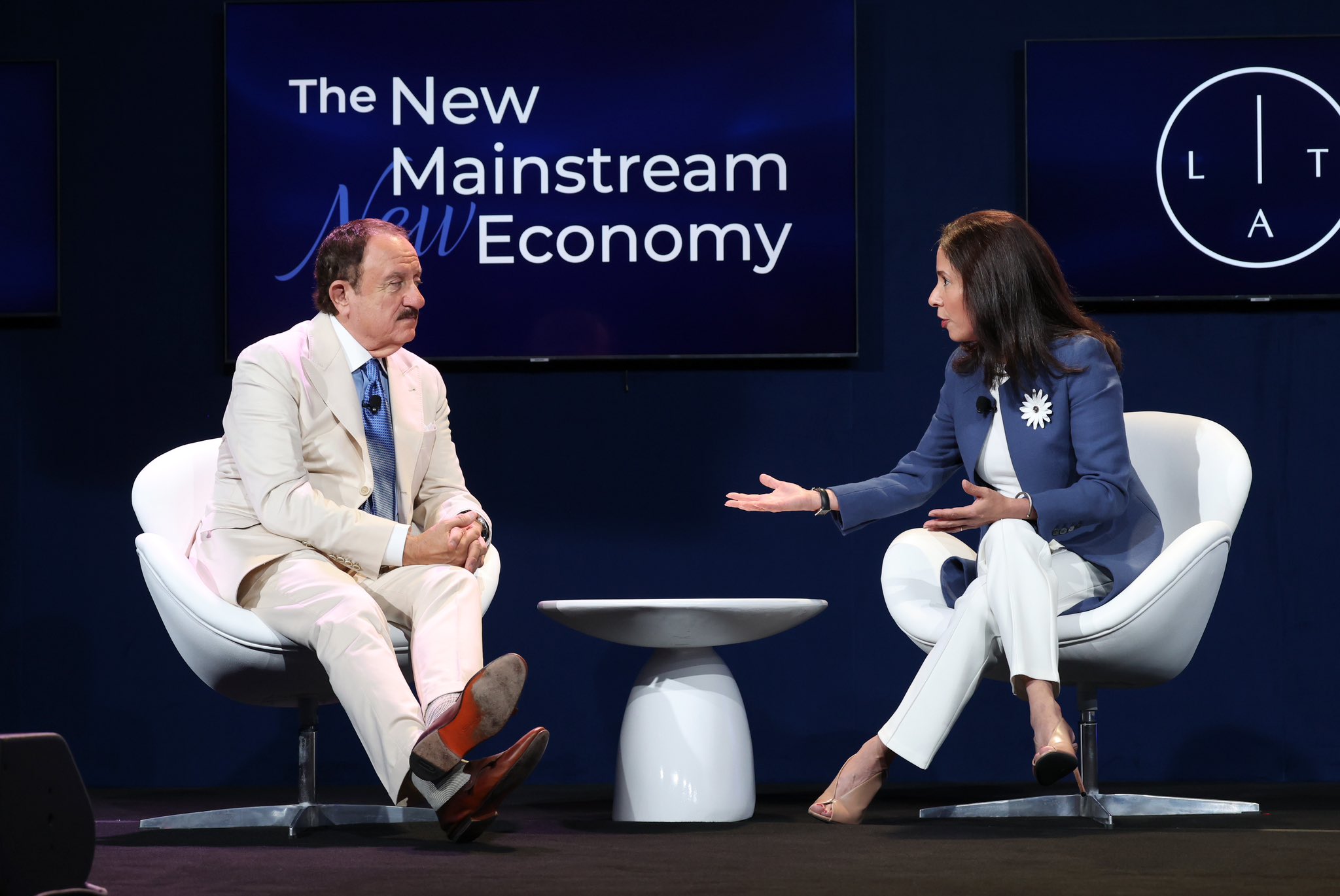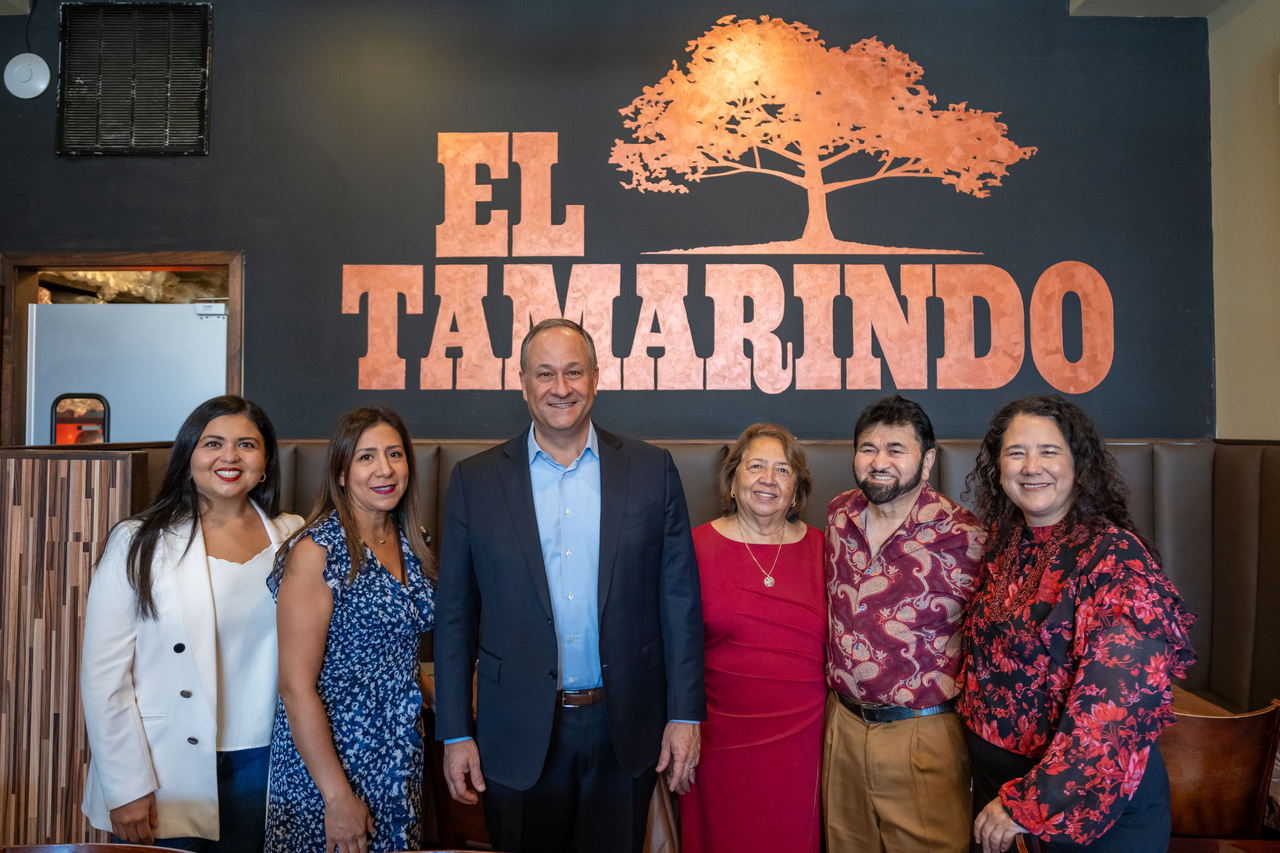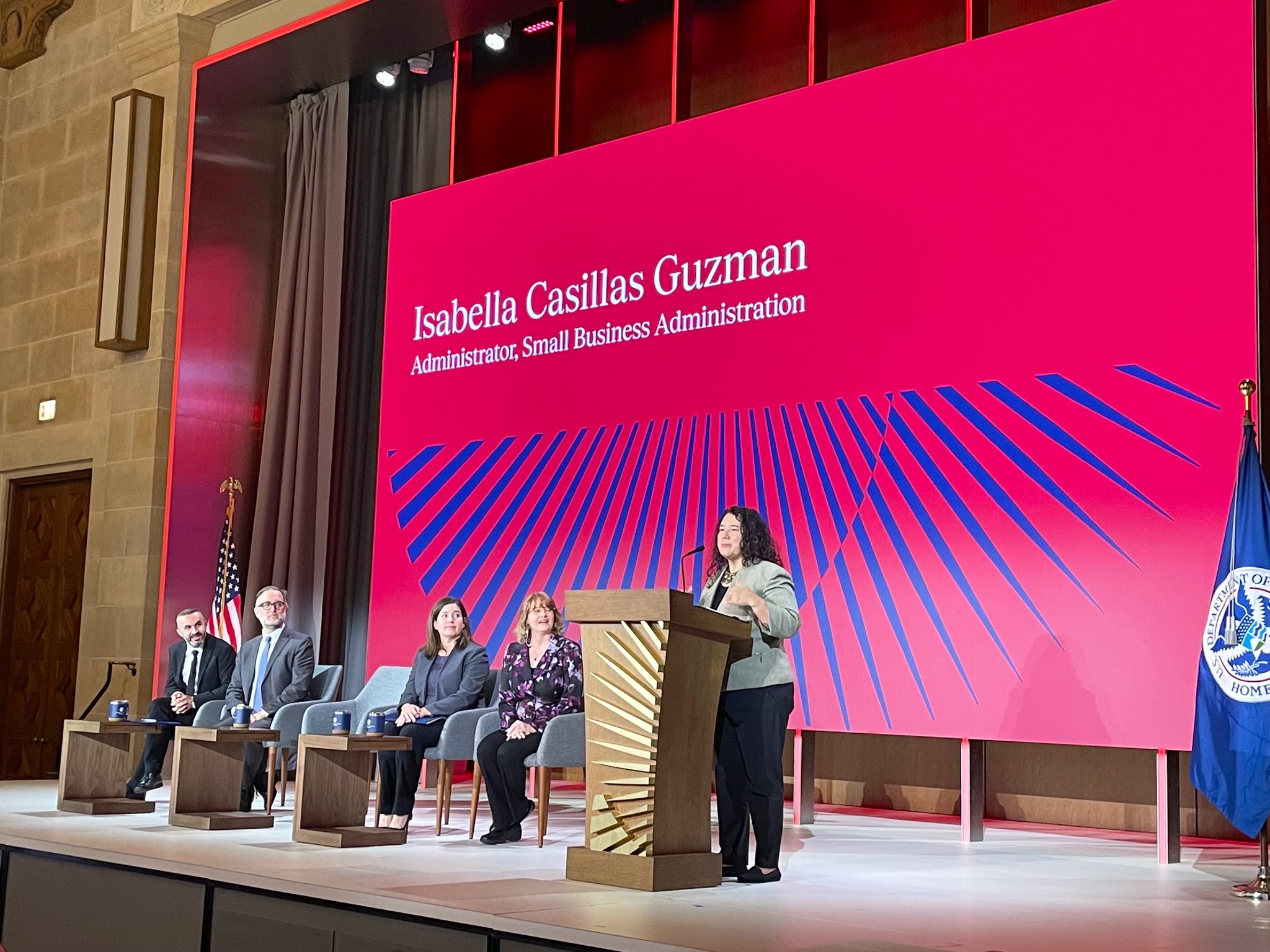
FCC could expand the Lifeline Program today
The Federal Communication Commission is expected to issue a decision on modernizing the Lifeline program.
Since 1985, the Lifeline program has provided a discount on phone service for qualifying low-income consumers ensuring that all Americans have the opportunities and security that phone service brings, including being able to connect to jobs, family and emergency services.
In 2005, Lifeline discounts were made available to qualifying low-income consumers on pre-paid wireless service plans in addition to traditional landline service.
Today, the Federal Communication Commission (FCC) is expected to issue a decision on modernizing the program.
“When I started with the National Hispanic Media Coalition in 2009, we knew we wanted to do more to increase affordable access to broadband,” Jessica González, executive director and general counsel at the National Hispanic Media Coalition (NHMC), said. “Our history [NHMC] is that we started as a grassroots movement out of a concern that Latinos were either under or misrepresented in traditional media, this was back in the 80s. So there was a lot of focus on integrating the broadcast stations and increasing the opportunities for Latinos to have ownership on broadcast stations.”
As the way people are consuming media evolves, NHMC’s strategies had to evolve, González added. As more and more content was being produced, distributed, and monetize through online platforms and NHMC began thinking more broadly out of the pure media space, it became clear that there was underlying problem in certain disadvantaged communities.
“Even today, 50 percent of Latino households do not have high speed internet access in the United States.” González said. “We are less likely to be connected than any other racial or ethnic group and this harms our ability, not just to create and communicate and consume content, but also to get jobs and apply to schools to further our education. It’s so clear that we can’t even compete for basic jobs in the 21st century unless we’re connected.”
González pointed out how today’s youth are considered “digital natives” by certain circles because of the vast amount of technology being used today and know almost instinctively of how to use and access the internet.
While it might be true in some cases, González said, not all children are given the adequate education in how to navigate through the vast information of technology.
“In the poorer neighborhoods, in a lot of Latino neighborhoods it's not true. The kids don’t have access and it's a huge barrier,” González said. “I think, like a lot of problems, it’s the wealth gap and it all comes back to inequality.”
A Pew Research Center analysis last year found that most American homes with school-age children do have broadband access – about 82.5 percent, about 9 percentage points higher than average for all households.
With approximately 29 million households in America with children between the ages of six and 17, this means that some five million households with school-age children do not have high-speed internet service at home, according to Pew Research Center analysis of U.S. Census Bureau’s American Community Survey data. Low-income households – especially Black and Latino ones – make up a disproportionate share of that five million.
“We know that it’s cost and we know people are having to make hard choices,” González said. “We’ve heard stories of people having to take their kids to McDonalds to connect to the internet, to get their homework done on a mobile phone.”
With today’s impending announcement, González is hopeful that the FCC will make the call to expand Lifeline to include an option for families to acquire broadband service at much more affordable rates.
“I expect and hope that there will be some minimal service standards that broadband providers must agree to in order to participate and receive the subsidy,”González said. “So that you can’t just take the money and provide lackluster service. I expect that they conductivity that this program will provide will have the capacity for people who are utilizing it to do what they need to do in today’s economy and today’s education system.”










LEAVE A COMMENT:
Join the discussion! Leave a comment.